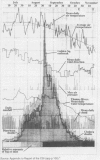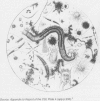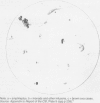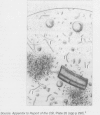Abstract
Contemporaneous with John Snow's famous study of the 1854 London cholera epidemic were 2 other investigations: a local study of the Broad Street outbreak and an investigation of the entire epidemic, undertaken by England's General Board of Health. More than a quarter-century prior to Koch's description of Vibrio comma, a Board of Health investigator saw microscopic "vibriones" in the rice-water stools of cholera patients that, in his later life, he concluded had been cholera bacilli. Although this finding was potential evidence for Snow's view that cholera was due to a contagious and probably live agent transmitted in the water supply, the Board of Health rejected Snow's conclusions. The Board of Health amassed a huge amount of information which it interpreted as supportive of its conclusion that the epidemic was attributable not so much to water as to air. Snow, by contrast, systematically tested his hypothesis that cholera was water-borne by exploring evidence that at first glance ran contrary to his expectations. Snow's success provides support for using a hypothetico-deductive approach in epidemiology, based on tightly focused hypotheses strongly grounded in pathophysiology.
Full text
PDF

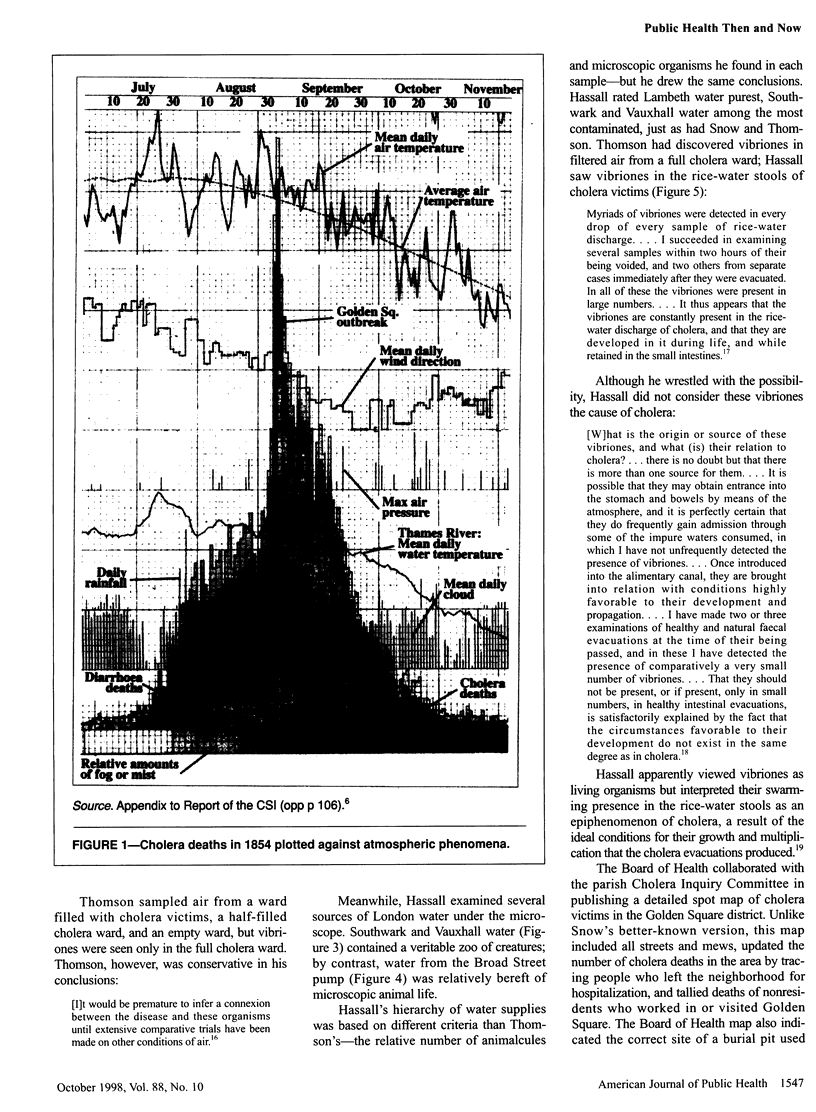

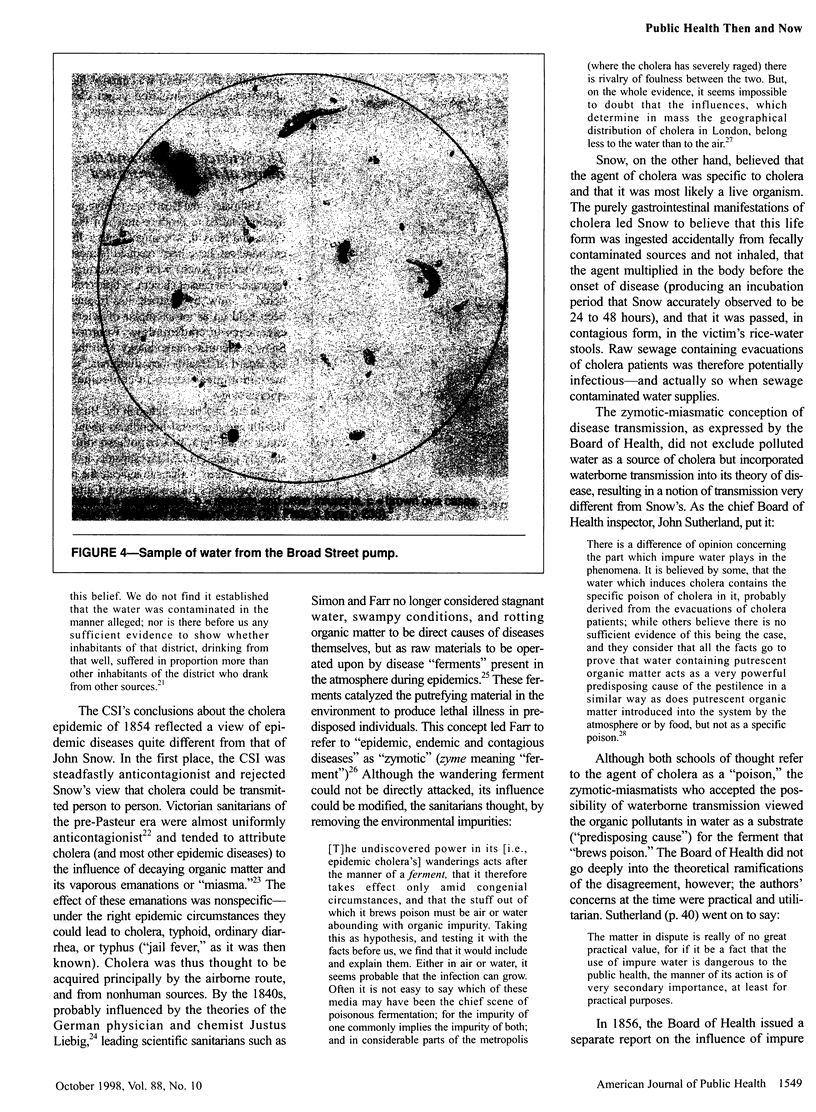
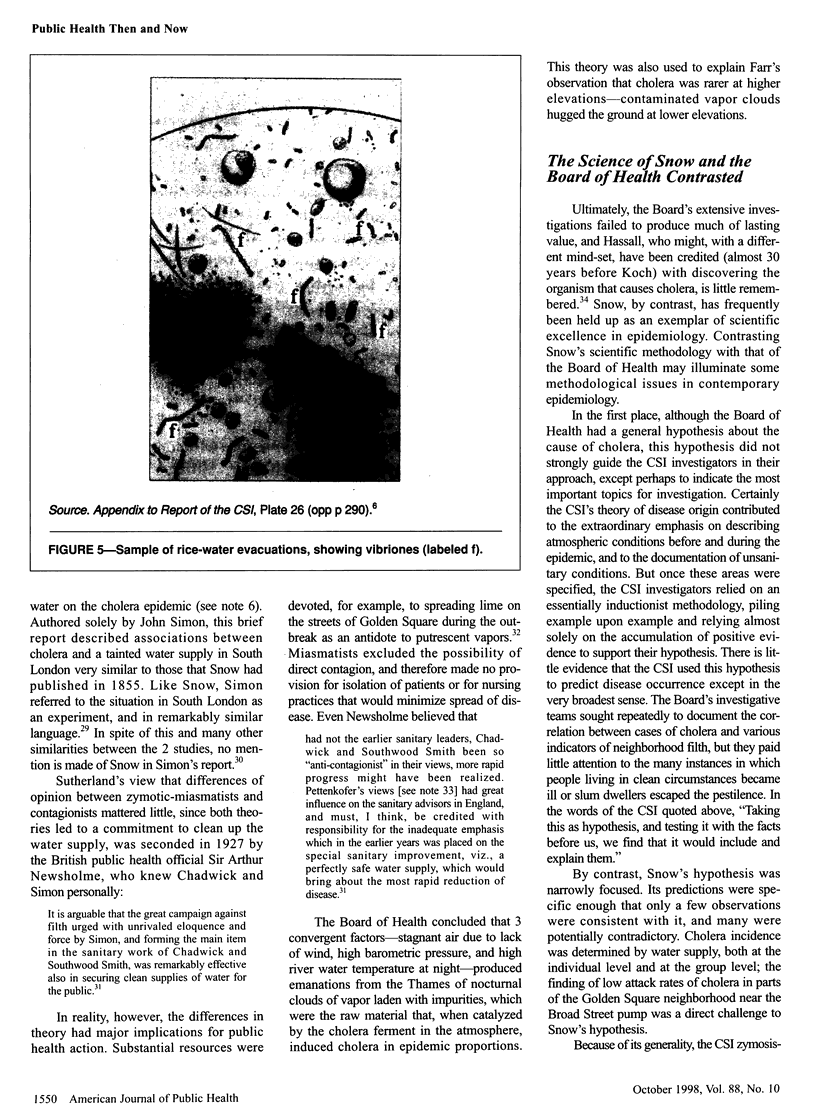
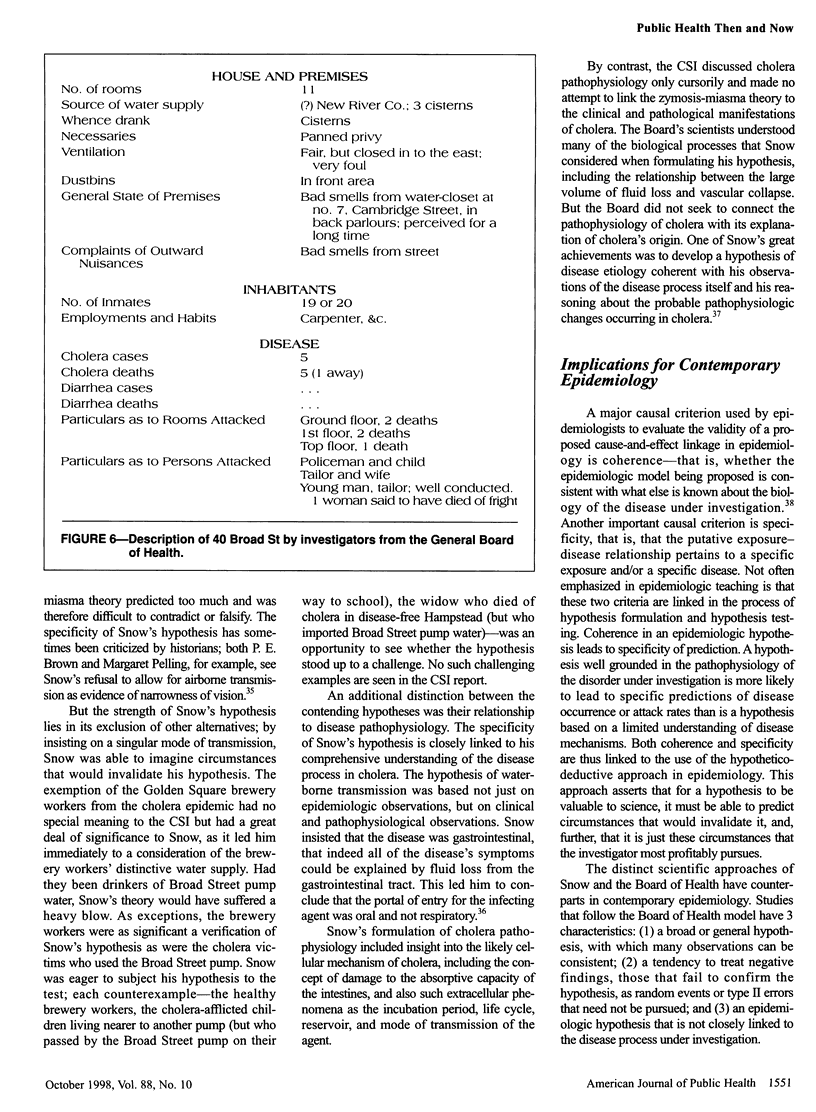

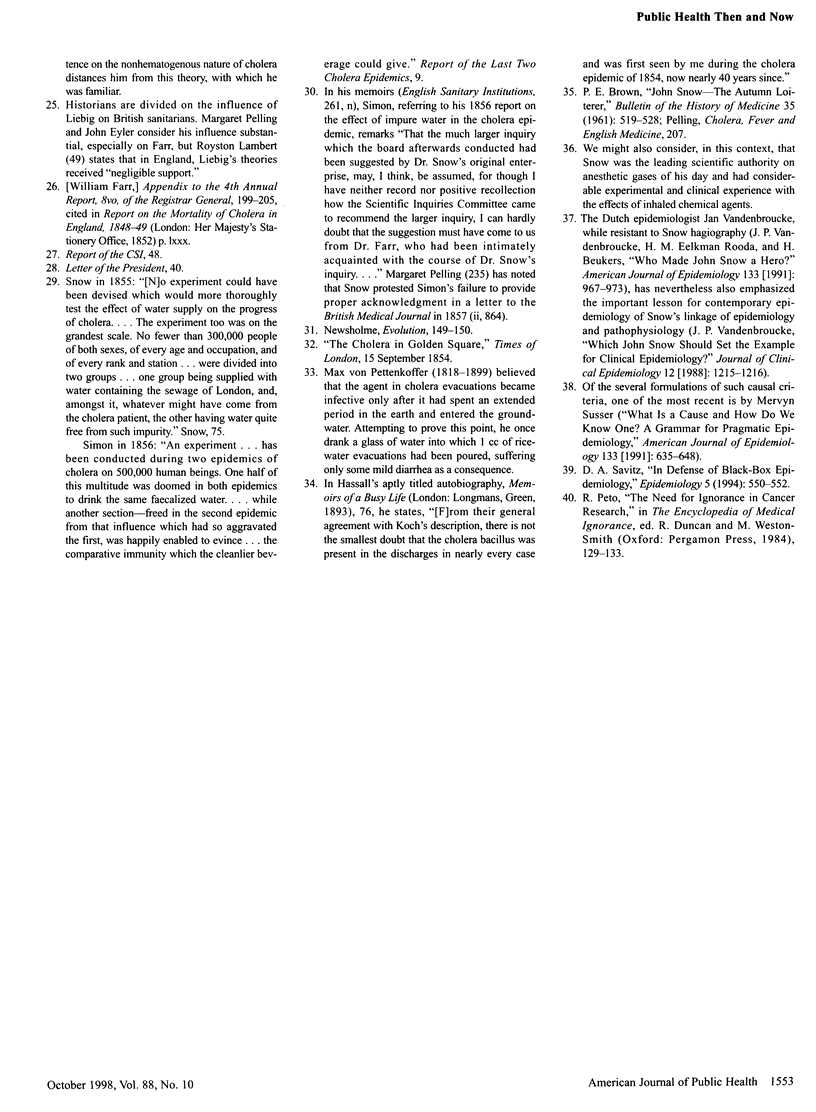
Images in this article
Selected References
These references are in PubMed. This may not be the complete list of references from this article.
- Bentivoglio M., Pacini P. Filippo Pacini: a determined observer. Brain Res Bull. 1995;38(2):161–165. doi: 10.1016/0361-9230(95)00083-q. [DOI] [PubMed] [Google Scholar]
- Savitz D. A. In defense of black box epidemiology. Epidemiology. 1994 Sep;5(5):550–552. [PubMed] [Google Scholar]
- Susser M. What is a cause and how do we know one? A grammar for pragmatic epidemiology. Am J Epidemiol. 1991 Apr 1;133(7):635–648. doi: 10.1093/oxfordjournals.aje.a115939. [DOI] [PubMed] [Google Scholar]
- Vandenbroucke J. P., Eelkman Rooda H. M., Beukers H. Who made John Snow a hero? Am J Epidemiol. 1991 May 15;133(10):967–973. doi: 10.1093/oxfordjournals.aje.a115816. [DOI] [PubMed] [Google Scholar]



